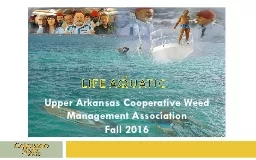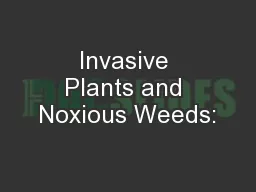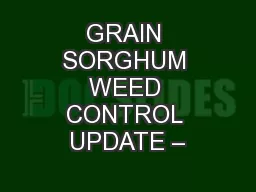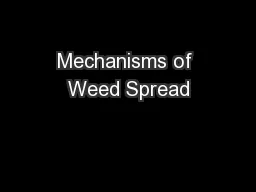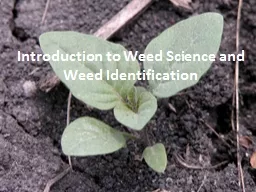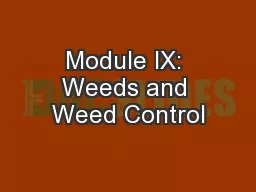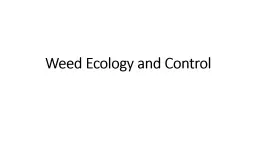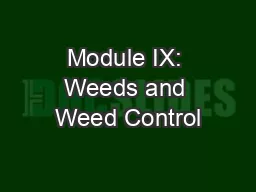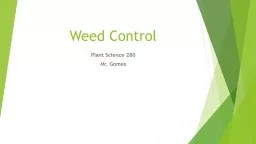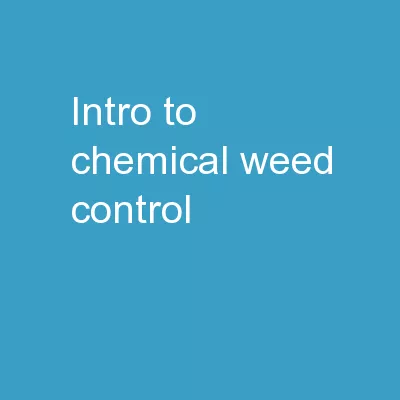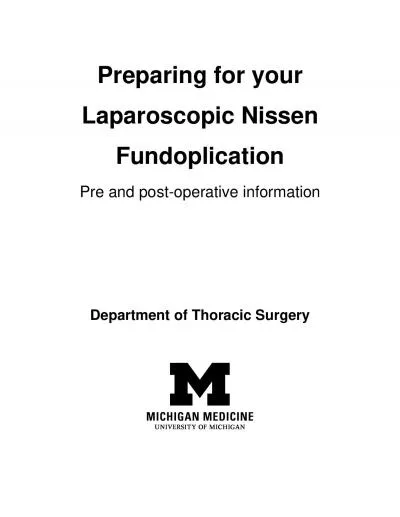PPT-Dr. Scott Nissen Western Invasive Weed Short Course
Author : briana-ranney | Published Date : 2019-12-08
Dr Scott Nissen Western Invasive Weed Short Course Colorado State University Upper Arkansas Cooperative Weed Management Association Fall 2016 Outline Aquatic Plant
Presentation Embed Code
Download Presentation
Download Presentation The PPT/PDF document "Dr. Scott Nissen Western Invasive Weed S..." is the property of its rightful owner. Permission is granted to download and print the materials on this website for personal, non-commercial use only, and to display it on your personal computer provided you do not modify the materials and that you retain all copyright notices contained in the materials. By downloading content from our website, you accept the terms of this agreement.
Dr. Scott Nissen Western Invasive Weed Short Course: Transcript
Download Rules Of Document
"Dr. Scott Nissen Western Invasive Weed Short Course"The content belongs to its owner. You may download and print it for personal use, without modification, and keep all copyright notices. By downloading, you agree to these terms.
Related Documents

